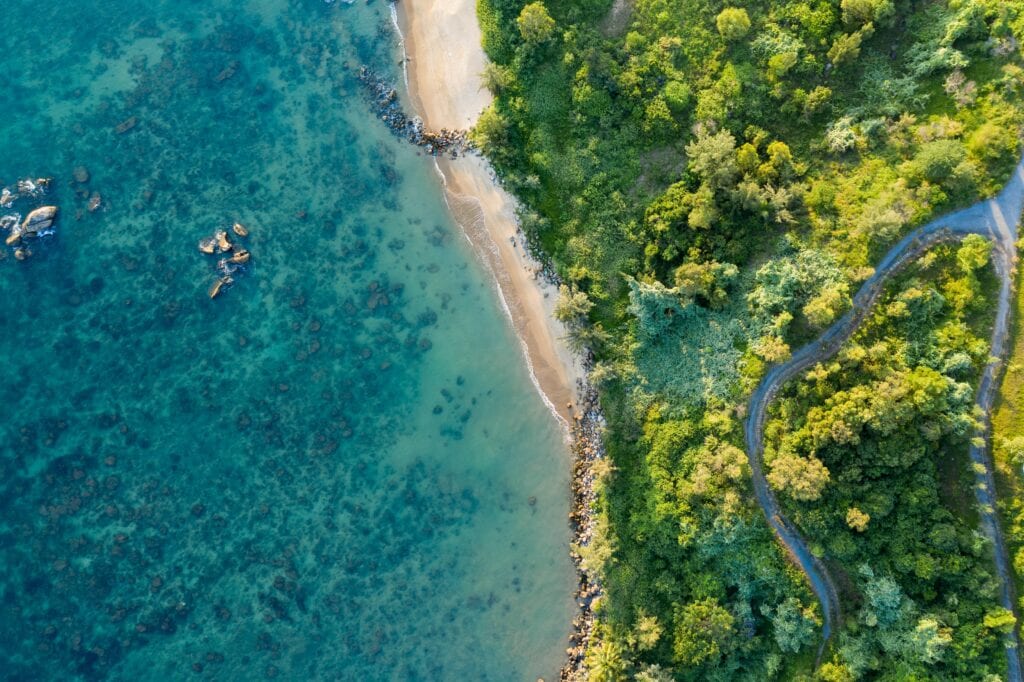Read the blog: Steps towards a green recovery — what roles do the public and private sectors play?
The COVID-19 crisis is an enormous challenge to economies and societies across the world, but it must not derail global efforts to limit warming to well-below 2°C. Forthcoming stimulus packages governments design to shore up their countries’ economies must orient investment towards sectors and technologies that can accelerate the transition towards a low carbon future and improve resilience to future shocks from climate change. While addressing the health crisis and providing relief to affected businesses are the main current priorities, post-crisis recovery programmes also present an opportunity to more closely align public policies with climate objectives and limit the risk of locking-in carbon-intensive infrastructure. What governments should avoid is trying to boost their economies in the wake of one global health crisis by exacerbating another — namely, climate change.
The growing urgency of the climate crisis shows the dire need for immediate measures to drastically cut emissions now. And the opportunities to do so, given new developments with clean technologies and their falling costs, have never been better. While the restrictions on travel and large meetings are challenging, in turn, they may also help us shift our own behavior to work, education, and travel patterns that are much more sustainable, including recognising the opportunities and broader benefits of teleworking and virtual meetings. We are being forced to reset our habits now, but we should use this as a learning moment as we come out of the crisis. Taking bold climate action such as increasing renewable energy capacity can stimulate economic growth while also meeting climate targets and ultimately, the SDGs.
Bold action does not have to be from governments alone. In order to manage this new world of multiple risks, public and private sector actors must hold hands and meet the challenge together.
The session explored:
- How countries are working towards fiscal stimulus packages that will lead to a green recovery, referencing to case studies from the region
- How the private sector is contributing to greener recovery through, green finance, technology and digitisation
- How new public and private partnerships are emerging across the region as the new normal arrives
Access session resources:

















